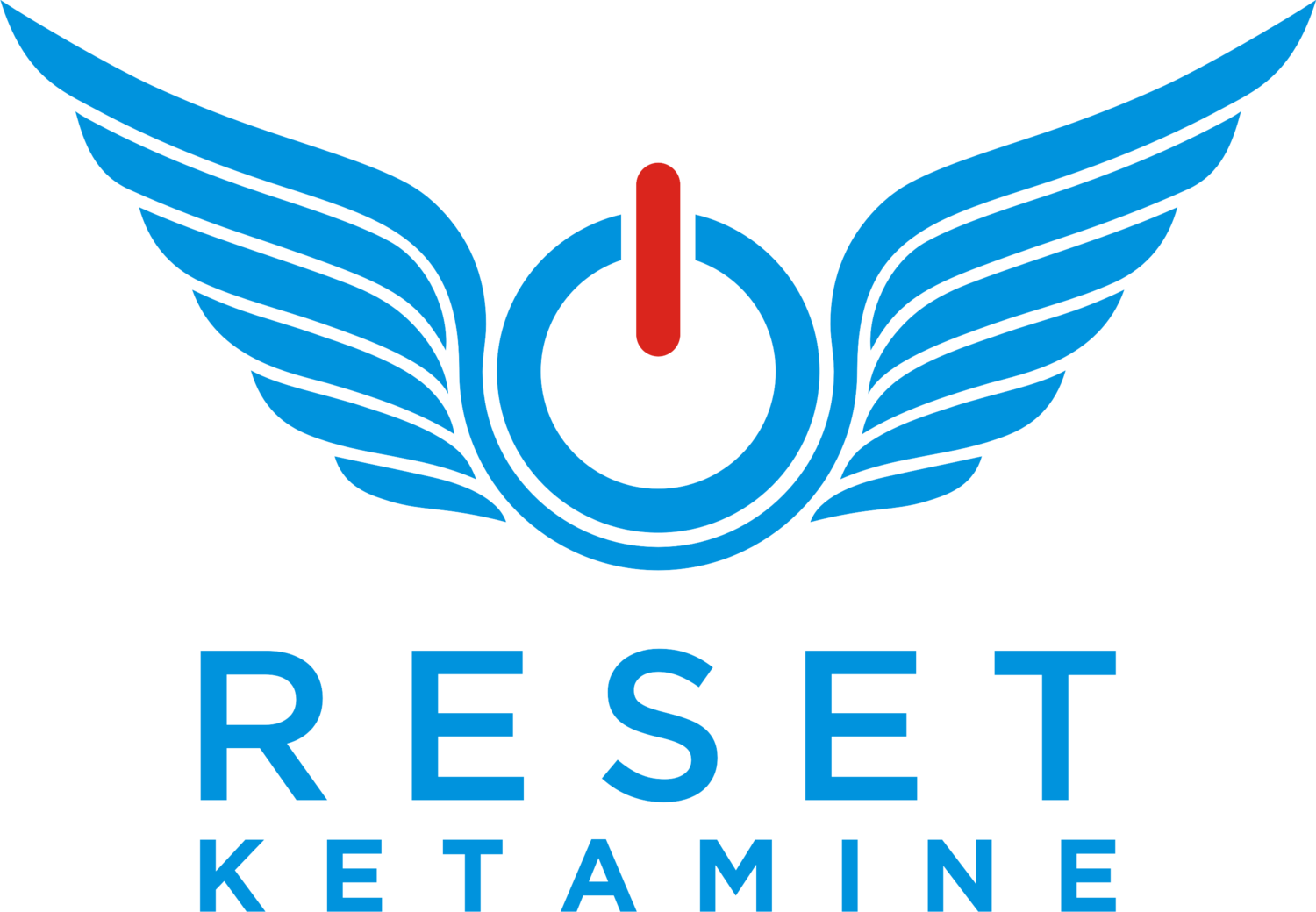In this blog we explore the current research comparing intranasal esketamine (Spravato) and generic ketamine intravenous (IV) infusions. Find out what research says is the best.
Why Your Progress Should Be Measured During Ketamine Treatments
How Ketamine Works on Our Brain
Are You A Servant To Your Mind?
Ketamine And Its Neuroplastic Effect On The Brain
Why Ketamine Isn’t For Everyone
Exploring Epigenetics, Trauma, & Ketamine Infusion Treatments
What Is Esketamine & Racemic Ketamine?
The Happiness Equation & How To Achieve Happiness
Ehlers-Danlos Syndrome and Ketamine Therapy
Ehlers-Danlos Syndrome (EDS) is a clinically heterogeneous group of diseases characterized by skin, joints, ligaments, blood vessels and internal organs that are fragile soft connective tissues. EDS has an effect on one in 5,000 births. EDS can be defined into six subtypes, the most common is the subtype of hypermobility (EDS-HT), meaning that the extremities, vertebral columns, costovertebral and costosternal joints, clavicular articulations, and or temporomandibular joints are subluxed and dislocated. Symptoms include overly flexible joints that can dislocate, and translucent, elastic, and easily bruised skin. There may be dilation and even rupture of major blood vessels in some instances. Treatment helps to control symptoms and track complications.
What Not To Do After Your Ketamine Treatments - Oversharing
Imagine that you plant a seed and it’s beginning to sprout up through the ground. You can see tiny leaves protruding from it. But since it is so small, you decide to place a protective net around it to prevent roaming animals and insects from eating it. The tiny plant still gets plenty of sunlight and water, but yet you know for it to survive you’ll need to nurture it gently.
7 Reasons People Don't Respond to Ketamine Treatments
Ketamine infusions can be rapidly effective & transformational for people with treatment-resistant depression. As you are probably aware, ketamine works rapidly on the glutamatergic system via blockade of the NMDA receptor. This leads to a cascade of intracellular and extracellular events leading to neurogenesis, neuroplasticity, and decreased connection to the default mode network.
Accordingly, scientists have called ketamine, “The biggest breakthrough for depression research in the past 50 years.” However, there are some patients who don’t improve with ketamine. In this blog post, we address some reasons why ketamine may not be working for some patients.
Why Is Intravenous Ketamine the Best Route?
Most people don’t like getting poked with a needle, others don’t mind but are a “difficult stick” i.e. hard to get an IV in or blood drawn from the vein. So why are these folks getting poked for ketamine infusions instead of getting oral or intramuscular ketamine treatments for depression, or other mood or chronic pain disorders?
Applying Maslow's Hierarchy to Ketamine Treatments
In the 1930’s, psychologist Dr. Abraham Maslow began studying human beings who were living their full potential. Previously, the primary focus for psychologists and psychiatrists was looking at those who suffered from depression, anxiety, and other mental illnesses.
Dr. Maslow’s approach was radically different in that he was looking at the positive qualities of psychology, and this later came to be known as positive psychology. He wondered what made some people live exceptional lives? Furthermore, what were the traits of those people who seemed content with their lives?
Can Ketamine Infusions Be Used For Treating Chronic PTSD?
Can ketamine potentially be used in the treatment of chronic post-traumatic stress disorder (PTSD)? Recent research results are very promising, especially because PTSD has a history of being difficult to treat with traditional methods. In this article we are going to explore the groundbreaking research supporting this therapy, as well as related questions such as, who should and who shouldn’t try ketamine infusion treatments for PTSD.
Can I Do Just One Ketamine Infusion Treatment?
How Ketamine Affects The Default Mode Network
What’s The Default Mode Network?
The default mode network (DMN) describes various portions in your brain that seem to get activated when your mind is in a passive, non-task oriented state. So it might be when you're just relaxing, daydreaming, thinking about the future or the past without a specific goal. Some people hypothesize that this is actually where the ego may reside and also where we hold a lot of these internal beliefs that may not be supporting us. So for example, you might habitually be saying to yourself, "I'm not good enough" or "I'm not worthy " or "I don’t deserve that.” These automatic thought patterns may be stemming from your default mode. You're not consciously trying to think of this but it just reflexively comes up.
10 Reasons To NOT Try Ketamine Infusions
The Importance Of Psychedelic Experiences During Ketamine Infusions
Why Do Some Doctors Minimize The Psychedelic Effects Of Ketamine?
One of the interesting things about ketamine is how differently each ketamine clinic provides their treatments. There are some doctors who believe that having dissociation effects are detrimental or they don’t know how to handle or address them. Accordingly, they will pre-treat the patient with benzodiazepines such as midazolam (Versed) or lorazepam (Ativan) to help prevent the psychotropic effects. Sometimes using benzodiazepines during or after the ketamine treatment is appropriate, especially if that patient has severe anxiety or panicky feelings. However, we believe that a ketamine induced non-ordinary state of consciousness can potentially be incredibly powerful and therapeutic.




















